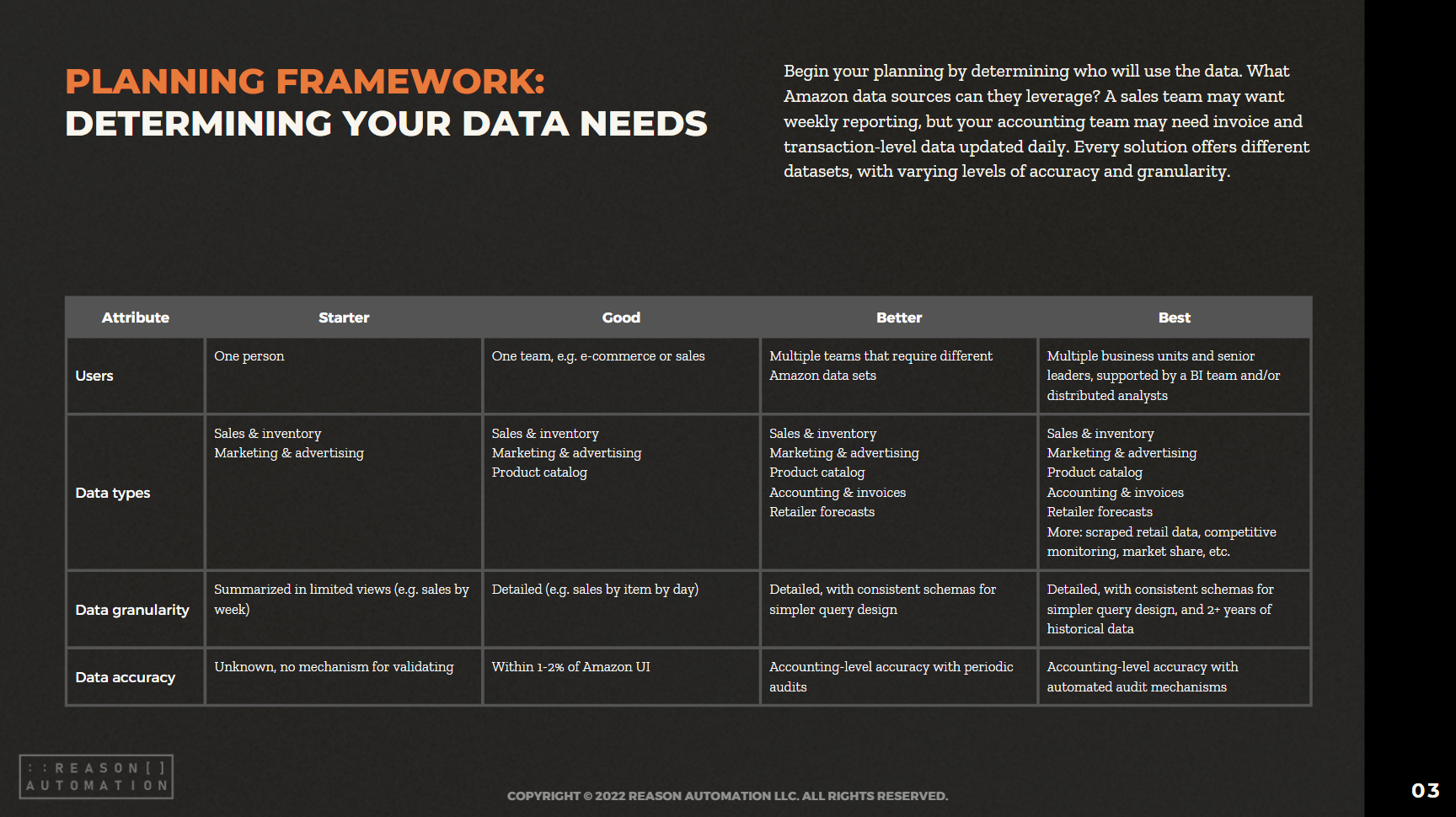Thinking of Launching Your Product in a New Region? Amazon Offering Sellers Up to $50K in Bonuses to Do So
Amazon has announced a new incentive program targeted at new sellers that would offer up to $50,000 in bonuses for launching their first product -- but current sellers can take advantage of the program as well if they launch a product in a new region after Jan. 1, 2022.
According to a March 1 post on Amazon Seller Central, new sellers (and sellers launching in a new region) who are identified as brand owners with Amazon Brand Registry will be eligible for the following benefits:
A 5% bonus on up to $1 million in eligible branded sales (up to $50,000 in bonus value) or for 1 year after eligibility is determined, whichever comes first.
The program also involves a number of extra incentives, such as:
$200 in credits for Amazon Vine review service
$100 in credits for Transparency counterfeit prevention and verification service
FBA credits for inventory shipping fees and fulfillment fees
Auto-enrollment in FBA New Selection
$200 in promotional clicks for using Sponsored Products
$50 for coupons
To qualify for the 5% bonus on branded sales, "you must complete Amazon Brand Registry and be identified as a brand owner no later than 6 months after listing your first buyable ASIN," Amazon stated.
You can do this for more than one brand.
"Yes, sellers can earn the 5% bonus on multiple brands as long as they have been identified as the brand owner on the brands in question, sold via their seller account," the post states. "The bonus on branded sales will be rewarded for 1 year after eligibility is determined, or on up to $1 million in eligible branded sales ($50,000 in bonus value), whichever comes first."
Brand owners who qualify will receive their bonus for sales sold the month before, and it will be applied as credit to the next month's referral fees. The credit does not expire, Amazon says.


